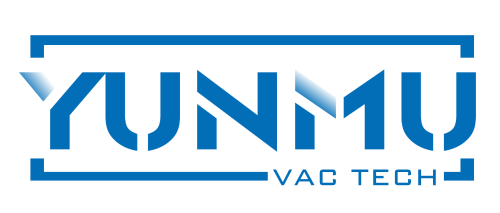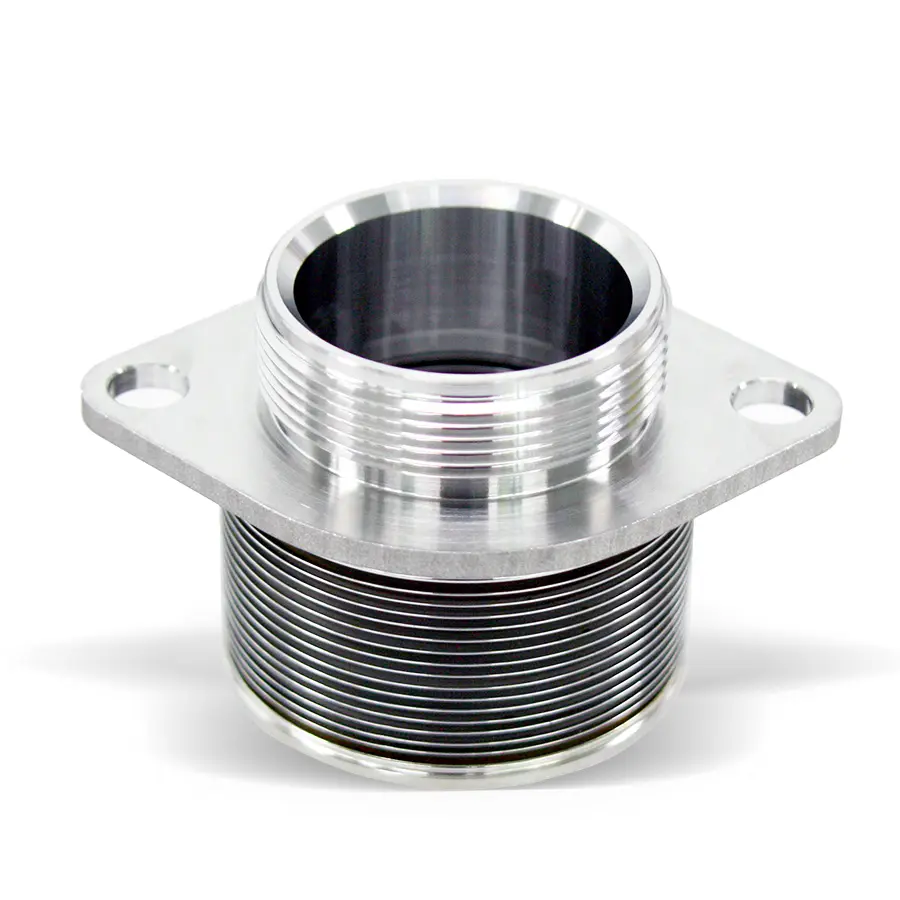Understanding Metal Bellows Technology in Modern Engineering
Metal bellows represent a critical component in various industrial applications, serving as flexible seals and connectors in mechanical systems. These precision-engineered devices provide essential functions like pressure compensation, thermal expansion absorption, and vibration isolation across numerous industries. As engineering demands become more sophisticated, the choice between edge welded and formed metal bellows has become increasingly significant for system designers and engineers.
Edge Welded Bellows Engineering
Design Characteristics and Manufacturing Process
Edge welded metal bellows are constructed by joining thin metal diaphragms at their inner and outer edges. This precise manufacturing process involves laser or electron beam welding of individual diaphragms to create a flexible, accordion-like structure. The resulting assembly offers exceptional flexibility and stroke length capabilities while maintaining structural integrity under various operating conditions.
The manufacturing precision required for edge welded bellows allows for extremely thin wall construction, typically ranging from 0.004 to 0.010 inches. This characteristic enables higher cycle life and greater flexibility compared to other bellows types. The welding process also permits the use of various high-performance materials, including stainless steel, Inconel, and other specialty alloys.
Performance Advantages in Complex Applications
Edge welded metal bellows excel in applications requiring precise motion control and high cycle life. Their design enables them to maintain consistent spring rates throughout their operational life, making them ideal for aerospace, semiconductor, and ultra-high vacuum applications. The ability to customize wall thickness and diaphragm count allows engineers to optimize performance for specific requirements.
These bellows demonstrate superior performance in extreme temperature environments, with some designs capable of operating from cryogenic temperatures to over 1000°F. Their compact nested design also provides excellent stroke-to-length ratios, making them suitable for space-constrained applications.

Formed Metal Bellows Technology
Manufacturing Methods and Material Considerations
Formed metal bellows are created through hydroforming, roll forming, or mechanical forming processes. These manufacturing methods involve shaping a single piece of metal tubing into a corrugated profile, creating the characteristic bellows shape. The forming process can be precisely controlled to achieve specific convolution patterns and wall thicknesses.
The single-piece construction of formed bellows offers advantages in terms of material consistency and reduced potential leak paths. Common materials include stainless steel, bronze, and various specialty alloys selected based on application requirements and environmental conditions.
Application Specific Benefits
Formed metal bellows provide excellent performance in applications requiring moderate pressure capabilities and consistent operation. Their robust construction makes them particularly suitable for industrial process equipment, automotive systems, and general mechanical applications where cost-effectiveness is a primary consideration.
These bellows often demonstrate superior resistance to fatigue and mechanical stress, making them ideal for applications involving repeated cycling under moderate pressure conditions. Their simplified construction also typically results in more economical production costs compared to edge welded alternatives.
Selection Criteria for Design Engineers
Performance Requirements Analysis
When selecting between edge welded and formed metal bellows, engineers must carefully evaluate several key performance parameters. These include operating pressure ranges, temperature requirements, stroke length needs, and expected cycle life. Edge welded bellows typically offer advantages in applications requiring extreme precision and high cycle life, while formed bellows excel in moderate-duty applications with cost constraints.
Environmental factors such as chemical exposure, temperature cycling, and pressure fluctuations also play crucial roles in the selection process. Engineers must consider the specific media being contained or sealed, as well as any potential corrosive effects on the bellows material.
Economic and Production Considerations
Cost considerations extend beyond initial purchase price to include installation requirements, maintenance needs, and expected service life. While formed metal bellows often present lower upfront costs, edge welded designs may offer better long-term value in demanding applications through extended service life and reduced maintenance requirements.
Production volume requirements and lead time constraints also influence the selection process. Formed bellows typically offer advantages in high-volume applications, while edge welded designs may be more suitable for specialized, low-volume requirements with specific performance criteria.
Future Trends in Metal Bellows Technology
Advanced Materials and Manufacturing Innovations
The metal bellows industry continues to evolve with the development of new materials and manufacturing techniques. Advanced alloys and composite materials are being explored to enhance performance characteristics and extend operational capabilities. Additive manufacturing technologies are also beginning to impact bellows production, potentially offering new design possibilities and improved customization options.
Innovations in welding technology and forming processes are enabling the production of increasingly sophisticated bellows designs. These developments are expanding the application range for both edge welded and formed metal bellows, while also improving reliability and performance consistency.
Integration with Smart Technologies
The integration of sensors and monitoring systems with metal bellows assemblies is emerging as a significant trend. These smart solutions enable real-time performance monitoring and predictive maintenance capabilities, potentially reducing downtime and extending service life. Both edge welded and formed bellows are being adapted to incorporate these advanced monitoring features.
Future developments may include self-diagnostic capabilities and automated adjustment features, further enhancing the versatility and reliability of metal bellows in critical applications.
Frequently Asked Questions
What is the typical lifespan difference between edge welded and formed metal bellows?
Edge welded metal bellows typically offer higher cycle life, often exceeding 1 million cycles in properly designed applications, while formed bellows generally provide reliable service for several hundred thousand cycles under normal operating conditions. However, actual lifespan varies significantly based on application parameters and operating conditions.
How do temperature requirements affect bellows selection?
Edge welded bellows generally offer superior performance at extreme temperatures, with some designs capable of operating from cryogenic levels to over 1000°F. Formed bellows typically have more moderate temperature capabilities but still perform well in most industrial applications ranging from -40°F to 500°F.
What are the primary cost factors between the two types?
Formed metal bellows typically have lower initial costs due to simpler manufacturing processes and higher production volumes. Edge welded bellows often carry higher upfront costs due to more complex manufacturing processes and specialized materials, but may offer better long-term value in demanding applications through extended service life and superior performance.

